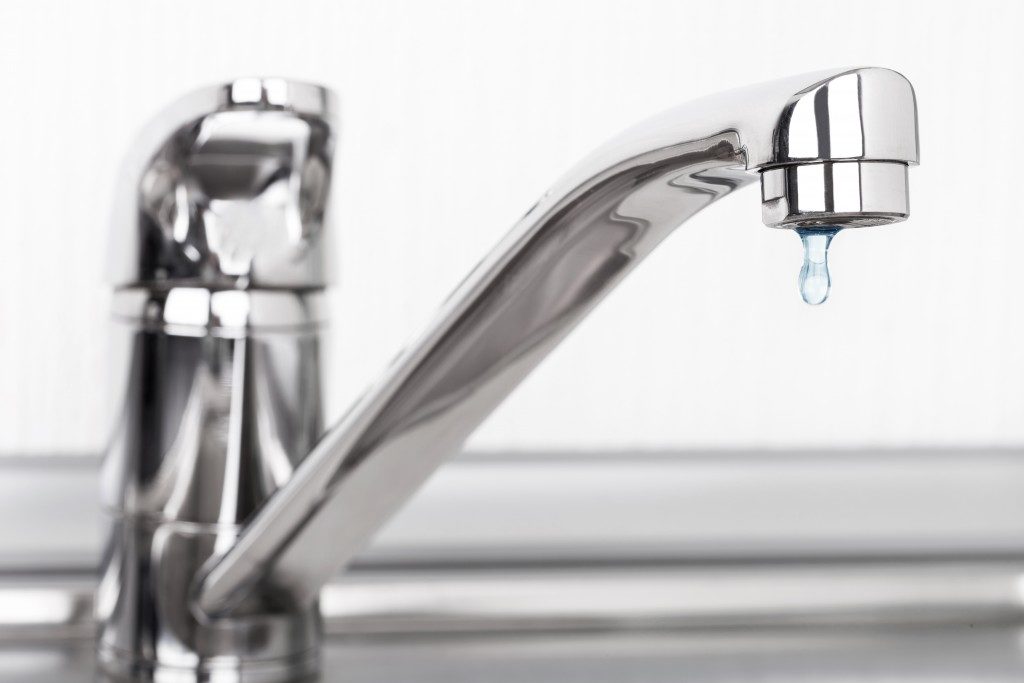You have minimal to no control over the kind of water supplied in your area. The mineral deposits in your groundwater primarily determine the choice between getting hard and soft water. You, however, have control over the water you use in your home.
If your area has hard water, there are different solutions you can employ for water softening. The available technologies for getting soft water in Provo improve daily. One of the most efficient options currently is reverse osmosis. Reverse osmosis is used for both water softening and its purification.
The system comprises two water pools separated by a semi-permeable membrane. Contaminated water from one pool is passed through the membrane under pressure to the purified water side.
The membrane blocks the impurities in the contaminated water and only lets water molecules pass through resulting in pure and soft water. Here are your reverse osmosis system options.
Countertop Systems
These are inexpensive freestanding systems that can be placed on the ground or countertops. They are generally compact and hence limited space is not an issue.
Countertop systems are best-suited for renters since they are mobile and can be installed easily without professional help. They are however not the best choice for large families since they only produce a limited water amount.
Under-the-Counter Systems
These are sometimes called under-the-sink systems since they are installed under your kitchen sink. They are the most popular reverse osmosis unit type since they are very easy to use. They only require you to turn on the faucet after their installation and get soft water.
They also supply a large amount of water and are hence ideal for large households. Under-the-counter reverse osmosis units are however challenging to set up and will thus require professional installation. They also produce copious amounts of wastewater.
Tank Systems

These systems have a tank in addition to the filtration chambers for the storage of purified water. With this option, therefore, you will have water readily available throughout.
Unfortunately, when water is stored for a prolonged period in a tank reverse osmosis system, it changes its taste and color. It might hence be unsuitable for drinking.
Tankless Systems
The newest technology is tankless reverse osmosis systems. These systems have membranes which filter water directly from the tap. As such, you have no risk of water discoloration or contamination. There are now various technologies used in tankless units that increase the water flow.
There is undoubtedly a broad range of options for water softening on the market. The reverse osmosis units mentioned above are however cheaper than most alternatives and easier to maintain. They also improve your water’s taste and are readily available.
Other than the ideal system for your needs, you will need to pick the right membrane for your unit. The common membrane options include cellulose acetate, cellulose triacetate, and thin film composites. The membrane choice will influence your system’s flow control, water quality, pressure, and temperature.
Reverse osmosis units can be used in conjunction with other water softening methods depending on your needs.

